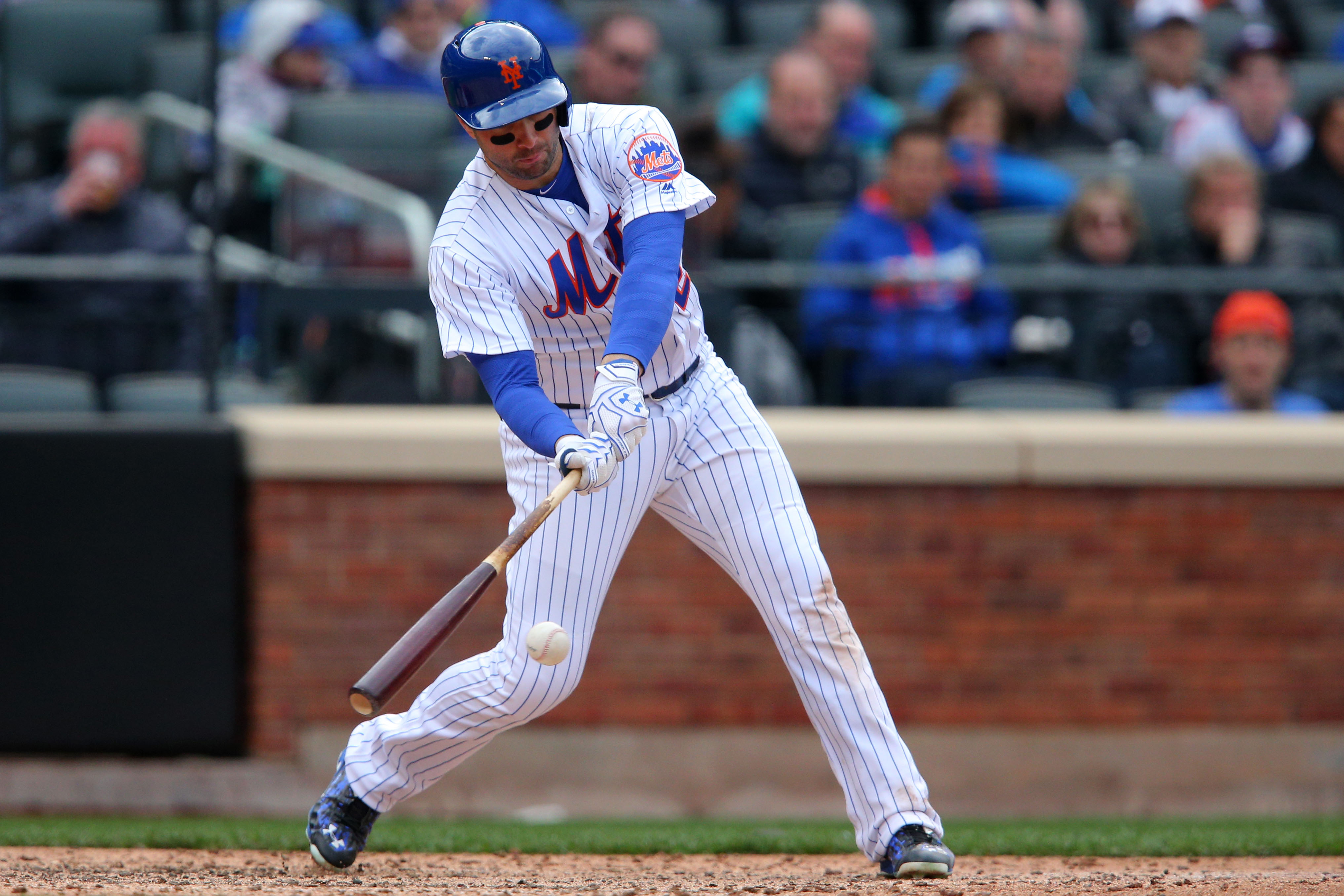On June 1, 2010, Neil Walker hit his first major league home run. He clubbed an 0-1 pitch from Ted Lilly over the left-center field wall for a two-run shot at PNC Park. Sixteen days later, he hit his second home run, this one off Mark Buehrle. The next month, he hit his fourth, off Joe Beimel. Then his great right-handed famine began.
Walker’s career is a testament to the catch-22 of switch-hitting in the majors. Despite the safeguards it provides against the split-dominance of same-handed pitchers, it can also be a detriment. For Walker, it has hung over his career, from Pittsburgh and now to the Mets. A hitter with a career .797 OPS batting left-handed entering Wednesday, has just a .659 OPS from the other side of the plate—26 percent worse than his career baseline. Those three home runs he hit in 2010 were outliers, accounting for half of his lifetime total from that side. It took him 10 months to hit another off a lefty, and then 35 more months to do it again. His current drought dates back to Sept. 7, 2014—more than 110 plate appearances.
It raises a fairly straightforward question: Why does Walker continue to switch-hit? Others have given up—Shane Victorino, to name one.
“I’ve never considered it,” he says.
Sure, there have been the suggestions from the media, but never from anyone in the Pirates organization. He views switch-hitting as too crucial of a tool for him. A shield against the devastating out-pitches that come out of the hands of left-handed relievers. Despite the numbers, he believes he’s more capable of hitting them right-handed than without the platoon advantage.
“It’s one of these things where you see these speciality relievers—guys with really good sliders—and you think to yourself as a switch hitter you can eliminate certain pitches from certain pitchers,” Walker said.
Walker is a natural right-handed hitter who began tinkering with his swing from the left-handed side when he was about 13. By 17, he became fully committed to switch-hitting. The Pirates drafted him with the 11th overall pick of the 2004 draft and it’s clear he believes his ambidexterity contributed to it. He was a switch-hitting catcher. “That was kind of the holy grail.”
He didn’t stick at catcher, obviously. But as he progressed in his career, his skills from the right side atrophied, he believes, as a simple function of the difference in the at-bat totals he piled up. With more right-handed pitchers, he had more repetitions as a left-handed hitter. It became his dominant side. In the majors, 78 percent of his plate appearances have come from the left side.
It’s made for an odd working scenario for him. He still believes he has more power from the right side, but just not in games. And despite being a natural right-handed hitter, it’s now become more of a conditioned process than simple instincts.
“That’s just one of those things that you develop a better approach the more at-bats you’re getting from one side,” he said. “Righty, I feel confident but I have to simplify things a lot more from that side. I can be a little more aggressive from the left side.”
The workload is different too. To adjust for the lack of live opportunities in games, he must find ways to supplement his chances before games. He has stepped in during bullpen sessions for Antonio Bastardo and Steven Matz, two lefties for the Mets, to get more looks. In batting practice, Kevin Long, the Mets hitting coach and a left-handed thrower, will sometimes step back from the regular BP spot to toss BP from further back and go through the full windup and delivery to mimic a left-handed pitcher in full. And even though his plate appearances aren’t split in half, he tries to give equal weight for each side in his preparation.
All this to try to even out the disparity. Walker will not stop switch-hitting, but he is trying to bridge the gap.
Photo credit:
